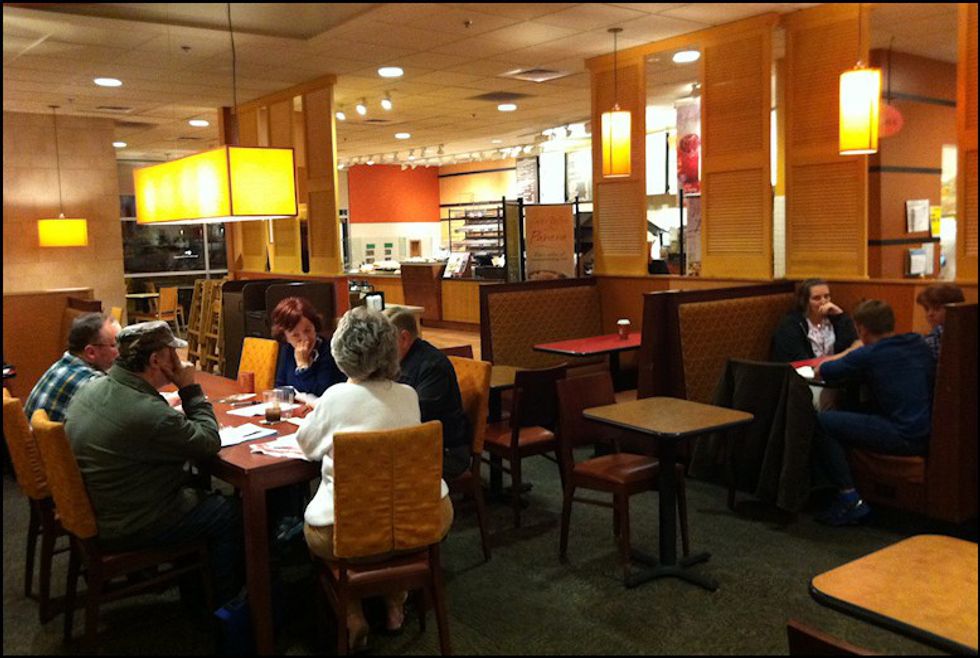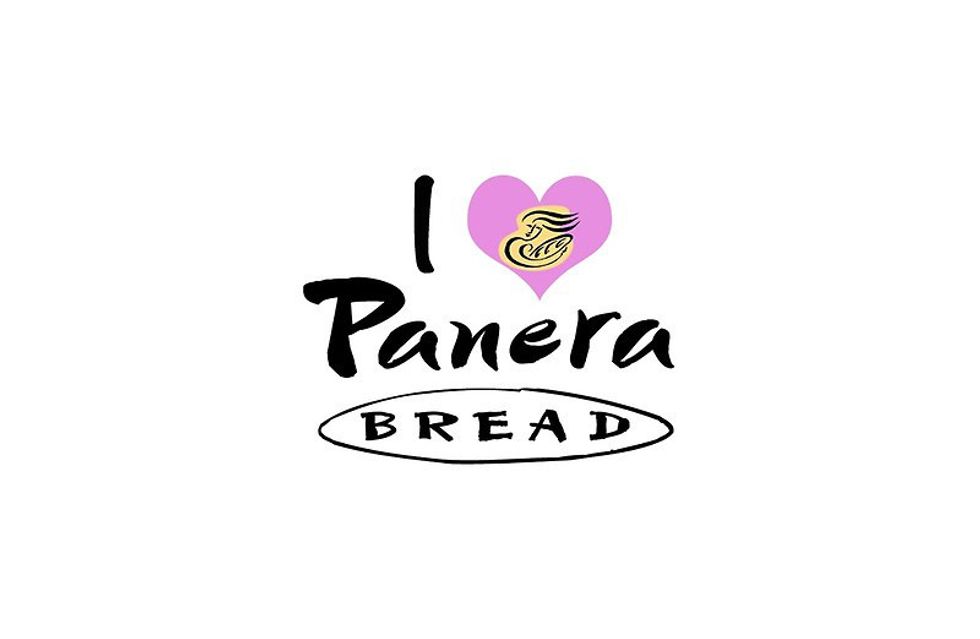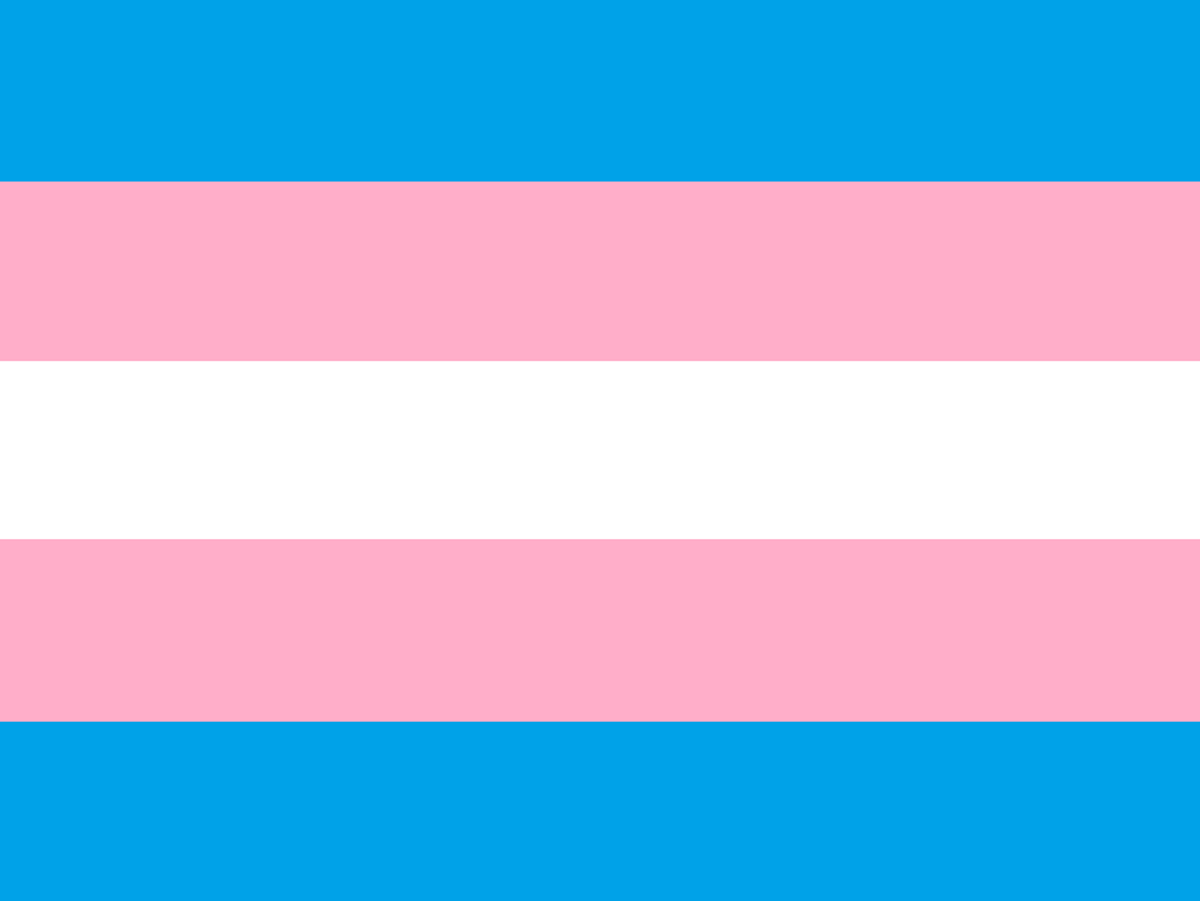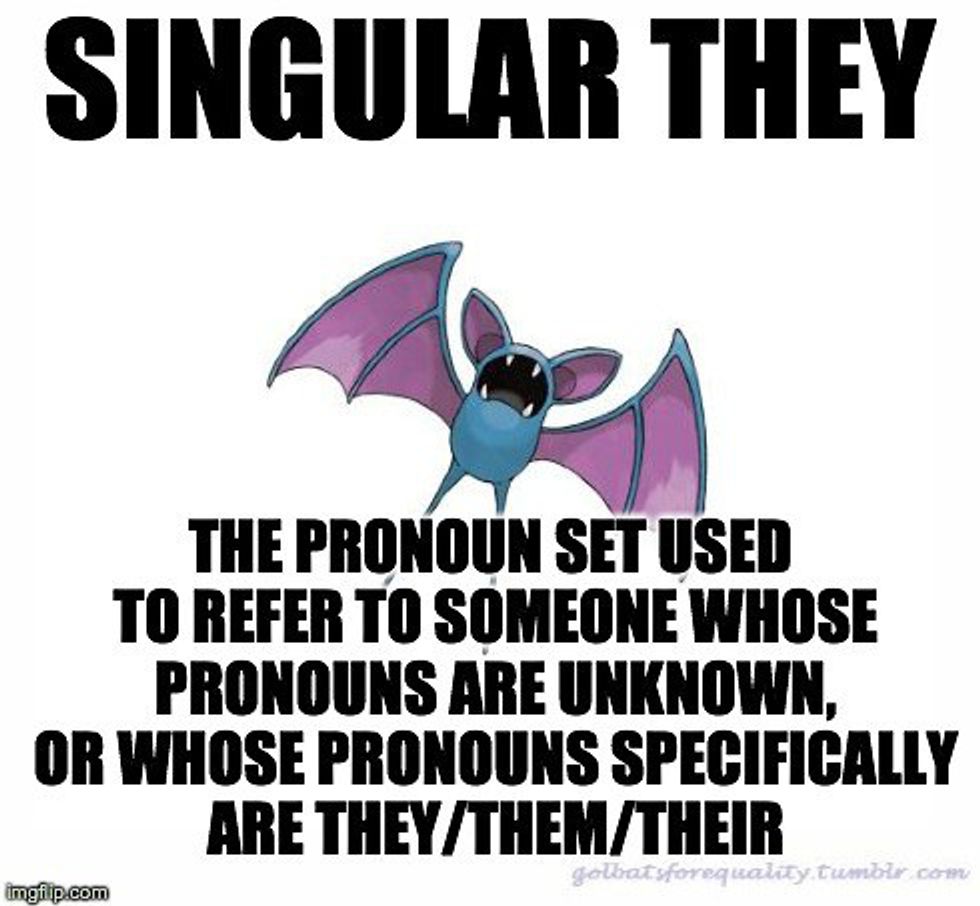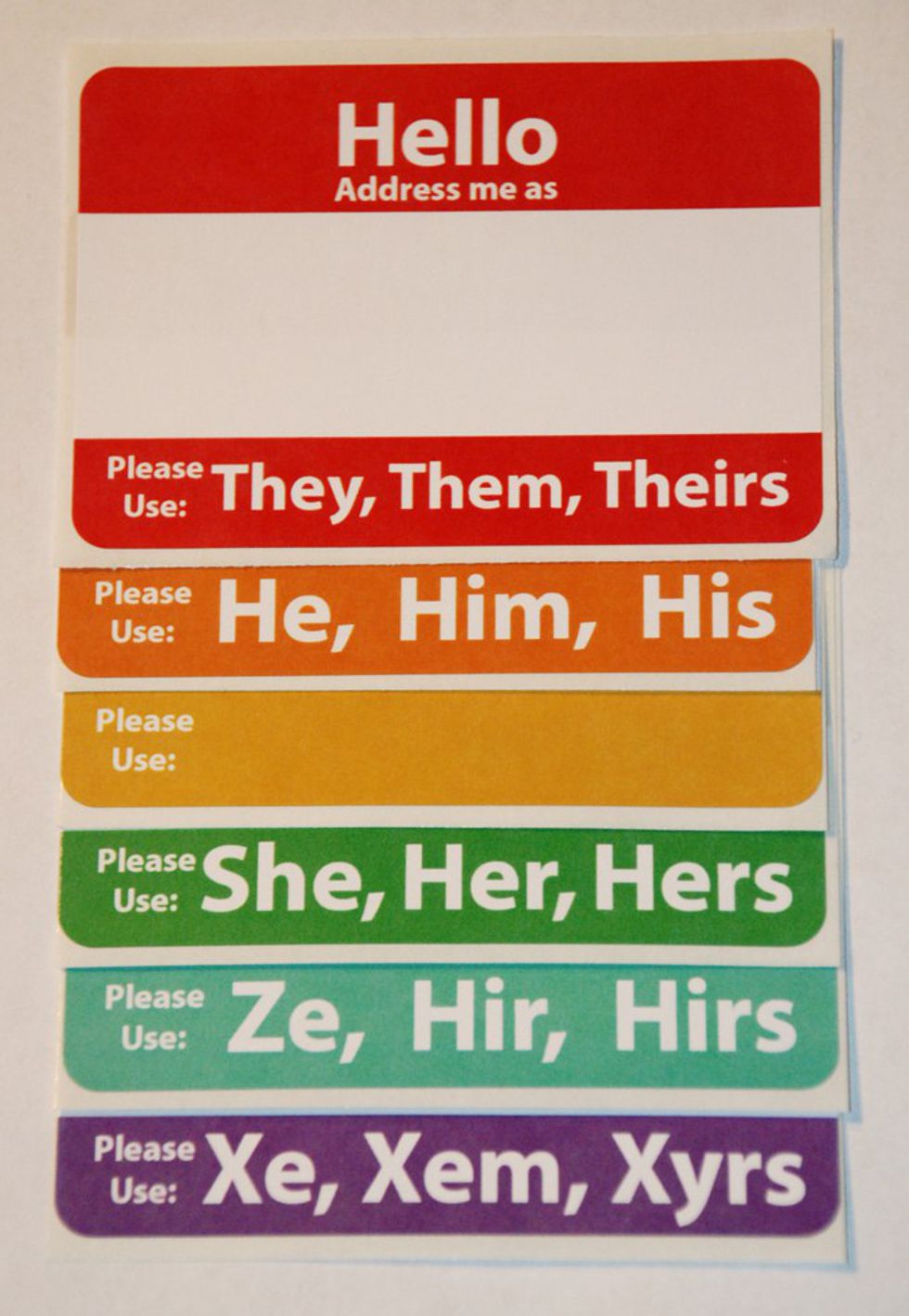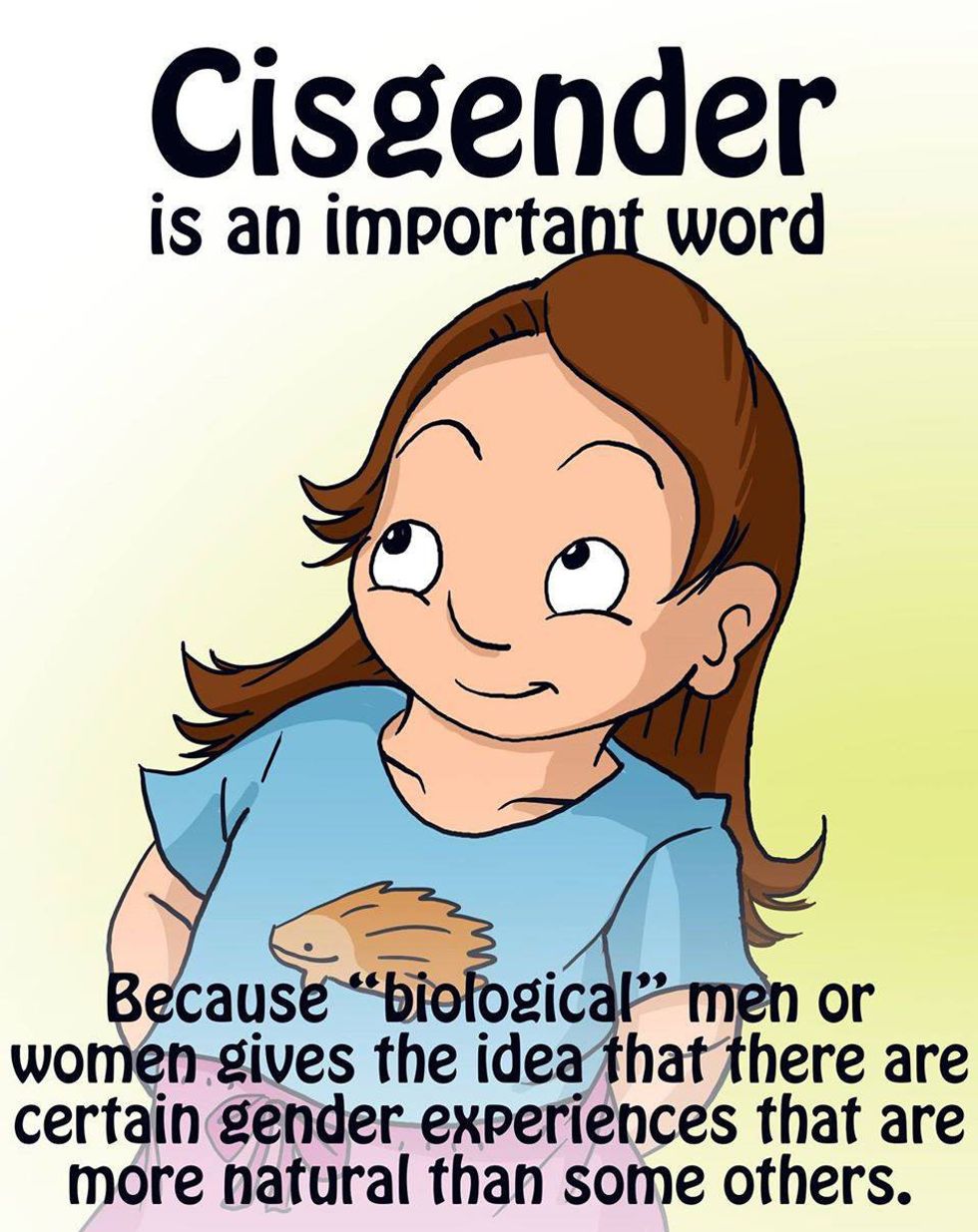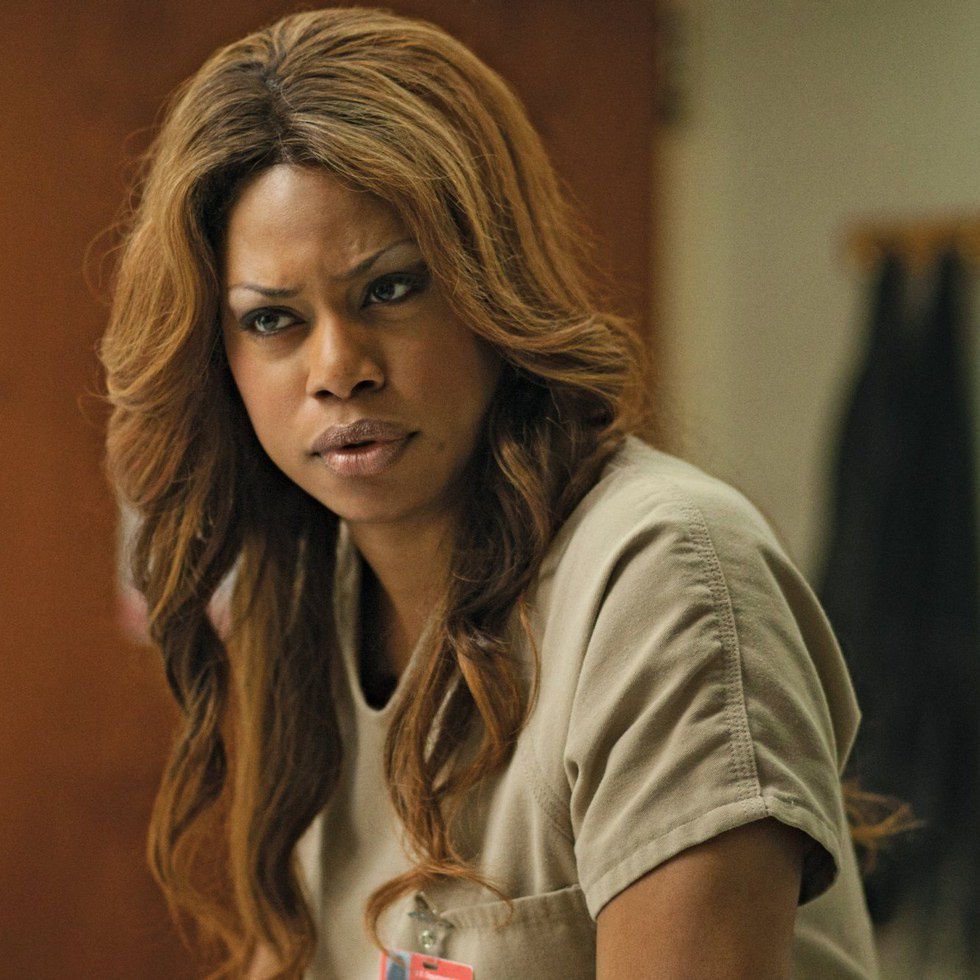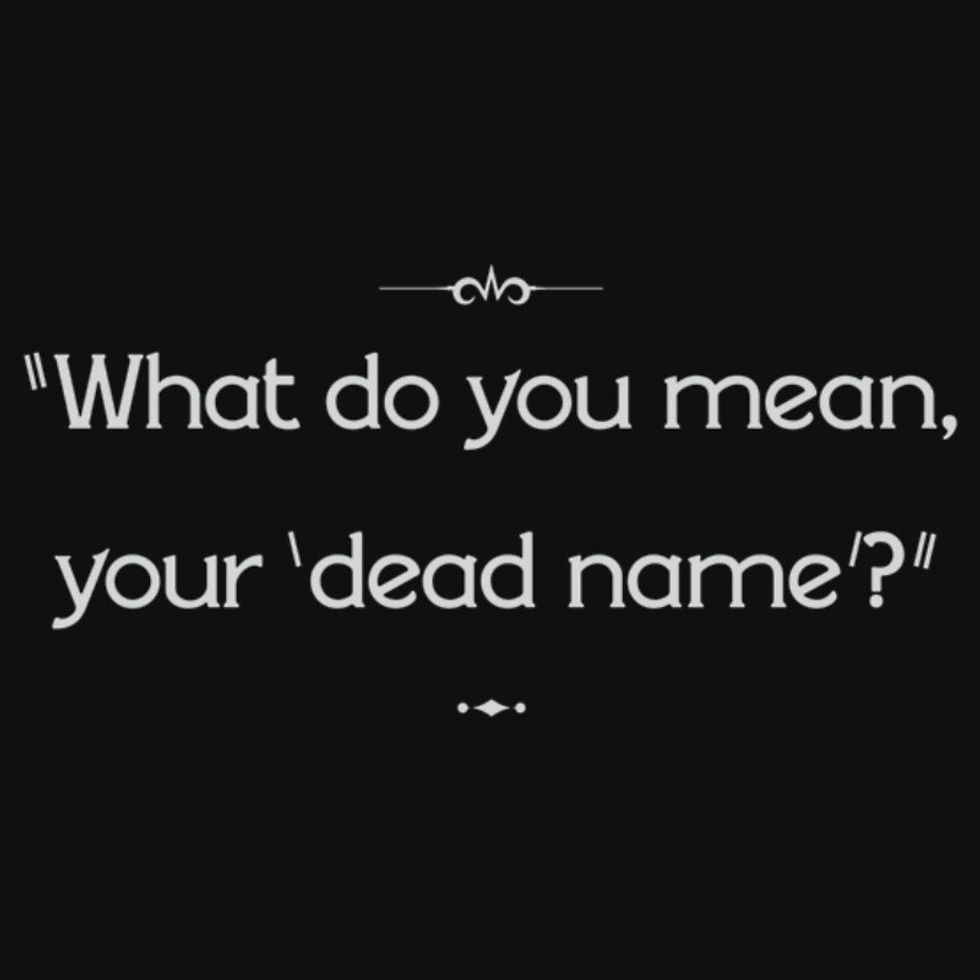“Marilyn Monroe Kills Self: Found Nude in Bed… Hand on Phone… Took 40 Pills,” (New York Mirror).
“TORTURED: Star Robin hanged himself when money worries pushed him into despair,” (Daily Sun).
“HANGED: Slashed wrist with a penknife, had just left 12-step program, wife slept alone in another room, Robin tied belt around his neck,” (Daily News).
“I hate myself and I want to die: Kurt Cobain’s suicide has turned him into a slacker martyr,” (Melody Maker).
“The Time We Went to Hunter S. Thompson’s Invite-Only Wake,” (GQ).
“Writer David Foster Wallace Found Dead: 46 year old “Infinite Jest” author hangs himself in California home,” (Newser).
“Robin Williams SUICIDE MYSTERY SOLVED! Secret battle with dementia. Hallucinations and voices,” (Globe).
And the list goes on and on.
Does any of this sound familiar? These are headlines from popular newspapers and new sources put out days after the suicides of these three public figures. There’s something wrong with each of these headlines, something especially sickening in the way they try to shock readers into buying the full paper.
Robin Williams is painted as a weak man who found his way to taking his own life because of money problems. Marilyn Monroe is sexualized as much in death as she was in life, exploiting even her final state for the sake of one final kick. Kurt Cobain literally called a slacker and a martyr because he took his own life. Someone who takes their own life for their beliefs, and in this case, Cobain’s implied “slacker beliefs.”
Now ask yourself this: If you died by suicide, is this how you would want people to talk about you?
And even more than that, the ways these figures died is publicly explained. This makes way for copycat suicides, a phenomena that occurs when one or more suicides are reported in a way that mirrors or closely resembles another suicide. This happened in the case of Kurt Cobain after his publicized death just as it did with Marilyn Monroe and so many more.
Suicide rates have been steadily increasing for the past twenty years. Suicide is the 10th leading cause of death in the United States. Each year about 44,193 people die by suicide, and those numbers are only rising. And for every completed suicide, there are at least twenty five attempts.
And what exactly is considered to be a suicide attempt? A misguided gunshot wound, or just a fall down a long flight of stairs? The leading cause of death in many age groups is actually classified as “Accidental Deaths.” This could be anything from drowning to motor vehicle accidents to fire poisoning. In fact, accidental deaths are so common that there’s even a website dedicated to helping people clean the premises after these deaths.
In truth, it’s almost impossible to determine a death as a suicide if it’s not done in a traditional method. For example, no mortician will identify alcohol poisoning as someone dying by suicide, even if the reality of the situation was that the person was intentionally drinking themselves to death. Accidental drug overdose will not be classified as suicide without other indicators. Motor vehicle accidents, drownings, suffocation, falling, suicide by cop, and even fires can all be ways people take their own lives. So the numbers we have for suicide rates are inaccurate, not because they were misreported but because there are simply so many more that slip by with other causes to shadow over them.
Not surprisingly, the most lethal and most used method of taking one’s life is by firearm. Just under 50% of people who die by suicide will have done so by firearms, followed by suffocation and then poisoning. And on top of that, the laxer the gun laws are in your state the higher the suicide rates are. With the top three highest suicide rates in the nation falling to Wyoming, Alaska, and Montana, it’s not surprising that the lethality of guns matches up with the statistics. This “suicide belt” also happens to fall in line with a good portion of the “bible belt.” Take that information as you will.
Now, I’m not here to spit facts at you. I’m here to remind you that suicide is a huge problem in this country. My college, Ithaca College, is located in upstate New York, conveniently situated right across from the campus of Cornell University. Cornell has seen it’s fair share of Ivy League nicknames, but the one that people seem to think of when I tell them is the suicide school.
“Oh, that’s right by Cornell, right? That Suicide School?”
The fact of the matter is that we all need to do better. Do better at recognizing the signs of suicide, of learning how to intervene when we see someone struggling to get through the day. Sure, knowing the statistics is a good way to spark something in your own mind, but that’s only the first step. Recognizing the stigma surrounding mental health in your community. Actively seeking out ways to improve the counseling availability and quality at your local high schools. Finding a way to use your own talents to get the word out.
Now for me, I’m a writer. I’m constantly writing new articles, trying to find a new way to spin an angle so my message will get out there a little bit faster. But something I will never sacrifice is the honor and the respect for the people I am writing for. Did you notice that no where in this article do I say “committed suicide?” What about “successful suicide?” “Unsuccessful?” “Failed attempt?” The answer is no, and that was a conscious decision. Using this language not only uses legal jargon, but it sounds as if you’re both blaming the person and glorifying their act at the same time. “Completed” actions indicate good results - something suicide is the farthest from. “Failed attempts” indicates defeat, inadequacy.
It’s time we update our vocabulary. Start reporting on suicide as what it really is, a public health issue, not a sensationalized headline. Stop describing suicides as “inexplicable” or “without warning signs.” Most people who die by suicide exhibit some sort of warning sign, even if it’s brief. Suicide is complex, multifaceted, and often occurs for a large variety of reasons. There is no “single act” or “one reason” people die by suicide. Research finds that 90% of people who have died by suicide struggle with some sort of mental disorder or substance abuse problem. It’s time we stop talking about suicide and start working to prevent it.
For my own mental health, I cannot end this article without sharing some of the warning signs. While warning signs are not always associated with suicide, the more signs a person shows the higher their risk is. Here are a few warning signs:
- Talking about wanting to die
- Sleeping too much or too little
- Talking about feelings of hopelessness or purposelessness
- Acting anxious, agitated, or reckless
- Increasing use of alcohol or drugs
- Talking about being a burden to others
- Withdrawal of feelings of isolation
It’s important to know that you’re not alone. Whether you’re struggling with your own mental health, or watching a loved one struggle, this is never a fight you have to take on by yourself. There are resources. There is hope. There will always be hope.
And just incase, here are a few of my favorite resources:
National Suicide Prevention (US, open 24 hours): 1-800-273-8255
Teen Line (US, open 6pm-10pm PST) 310-855-4673 OR 800-852-8336
Ithaca Crisis Line (US, open 24 hours): 1-800-273-8255
Trevor Lifeline (US, open 24 hours): 866-488-7386
And for even more, visit the Youth Yellowpages for another person to talk to.












